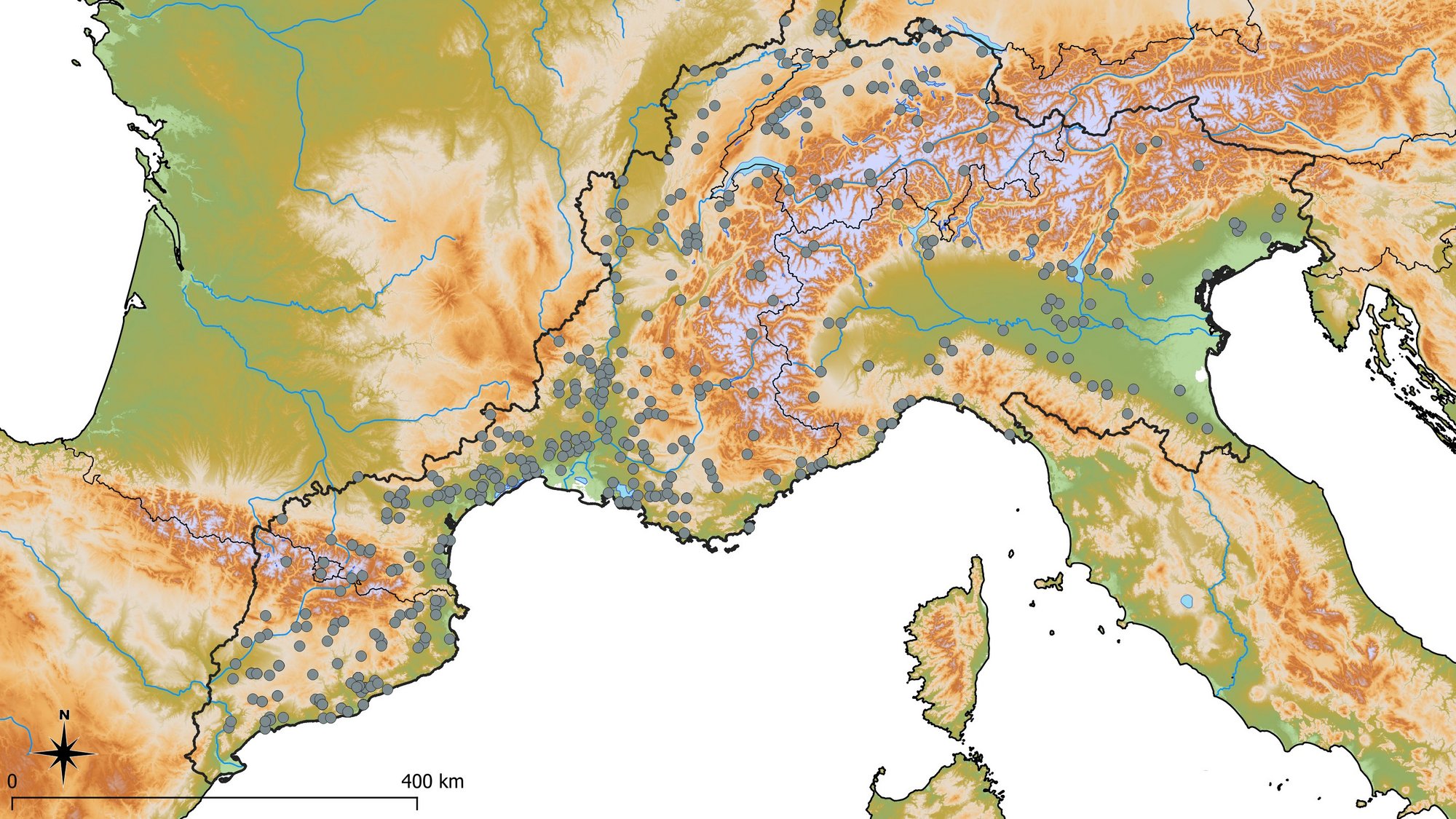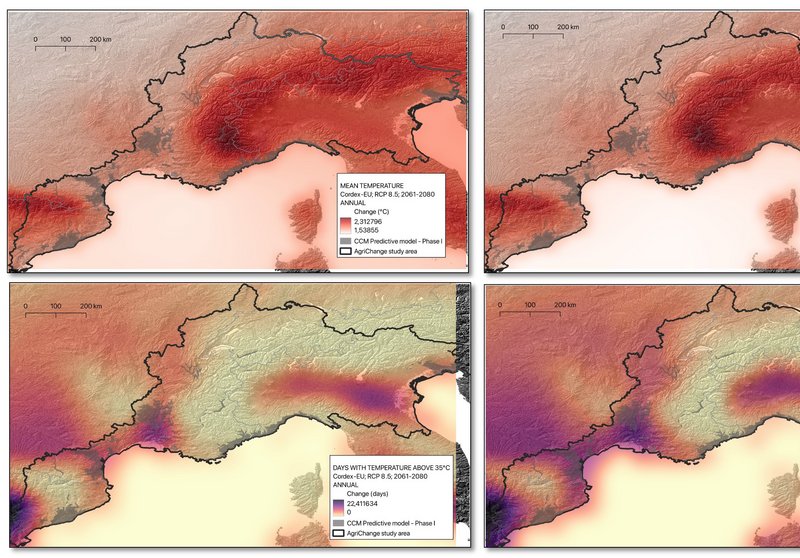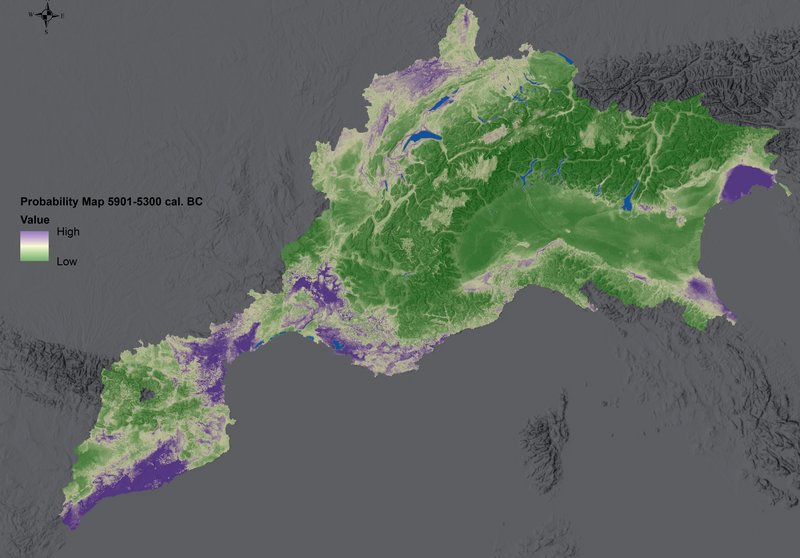Überblick
Big Data has a great potential in archaeology. Within the AgriChange project, more than 4000 radiocarbon dates for the Neolithic period in the NW Mediterranean region were collated and revised. These data points were connected to data on local topography and environment as wel as palaeoclimatic conditions in order to reconstruct the ecological niche of Neolithic sites in the area. The CompuCliMed project used this information with Machine Learning techniques to predict site location in the area. CompuCliMed existed in the framework of the GroundCheck Cluster 9.
Potential hazards affecting archaeological heritage are of different nature: geological, climatic and human-induced. Particularly climate-change related sudden events have been uncovering and destroying archaeological sites. Is there any way to document these sites before these predictable catastrophes make them disappear? CompuRiskMed focuses on climate change-related hazards and aims at identifying higher risk areas with high probabilities of containing archaeological sites to define high-priority areas for immediate prospection and investigation before they disappear due to aridification processes or sudden events. In this sense, the predictive models generated by CompuCliMed are a unique ressource to combine with projected hazards. CompuRiskMed takes place in the framework of KulturGutRetter.
This project is lead by Ferran Antolín (DAI) and Maria Elena Castiello (INCIPIT).



